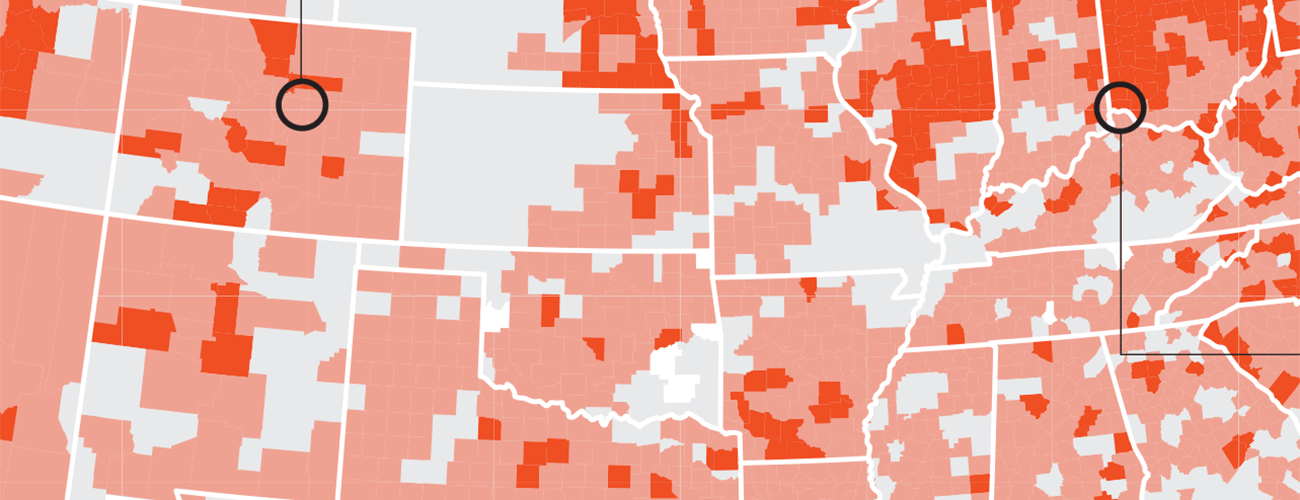Sign up for The Media Today, CJR’s daily newsletter.
Editor’s Note: As local newspapers have closed across the country, more and more communities are left with no daily local news outlet at all.
At CJR, we have made an effort to tally that landscape with this map, using data we crunched ourselves based on reports from the Alliance for Audited Media.
But readers are reporting that some papers are not reflected in the map, which doesn’t include papers that either aren’t audited by AAM, don’t have a circulation of at least one percent of a county’s population, or have converted to all-digital publication since 2015, when the data was last updated.
ICYMI: Yikes! Here are headlines editors probably wish they could take back
So we are asking for your help. We think that a complete, accurate map of America’s news deserts is important as we ponder the future of local news, and we want to build on what we’ve started here.
If your hometown paper is missing from our tally—or if we have included newspapers that no longer exist—please email us at editors@cjr.org and write “news deserts map” in the subject line. We will update the map to reflect your input, and will continue to search for other data sources to fine-tune this project.
—The Editors
Explore the graphic below to see the landscape of news deserts in the US. Click here for a full-screen version.
Hollowing out
Rural America isn’t the only place local news is disappearing. It’s also drying up in urban areas around the country.
RELATED: Print is dead. Long live print.
Boston, Massachusetts
Peter Kadzis was a staffer at the Boston Phoenix for almost 25 years until the paper closed in 2013. Kadzis says social justice, political, and investigative stories took a hit, as did coverage about the city’s minority communities: “What it did is it removed from the scene, effectively, a political voice for their interests.”
Denver, Colorado
The Rocky Mountain News’s February 2009 closure, plus the Denver Post’s continued layoffs and dropping circulation, have “deprived [Denverites] of an understanding of and ability to make informed decisions about issues of local government,” says former Rocky editor, president, and publisher John Temple. “The current world does not lend itself to supporting the economy of local news.”
Cincinnati, Ohio
After the December 2007 closure of the blue-collar Cincinnati Post, news coverage went hyperlocal, though much of that coverage focused on affluent suburbs. For instance, the online-only Fort Thomas Matters extensively covers a Northern Kentucky suburb just outside Cincinnati.
TRENDING: A new Meryl Streep, Tom Hanks movie has former New York Times journalists pretty ticked off
Has America ever needed a media defender more than now? Help us by joining CJR today.



